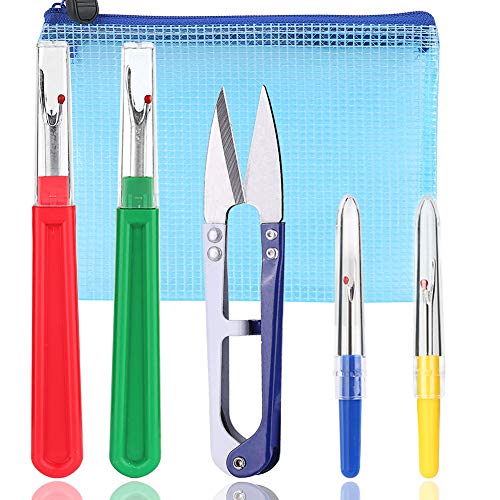The Origin of Seam Rippers
Seam rippers have a long and fascinating history that dates back to the 19th century. They were created to assist seamstresses and tailors in removing unwanted stitches from fabric, making their work more efficient and precise. The invention of the sewing machine in the mid-1800s spurred the need for a tool that could easily undo stitching mistakes.
The Early Designs
The first seam rippers were simply sharp-pointed instruments made from metal or bone. These early designs were often handmade, and their purpose was solely focused on removing stitches. However, as sewing techniques evolved and clothing styles became more intricate, the need for more versatile and efficient tools arose.
The Modern Seam Ripper
In the mid-20th century, advancements in manufacturing and materials led to the development of the modern seam ripper. The tool consists of a handle and a pointed blade with a tiny hook at the end. This design allows for easy insertion under stitches, enabling the user to cut and remove them without damaging the fabric.
Innovative Features
Over the years, seam ripper manufacturers have introduced various innovative features to improve the tool’s functionality. One such feature is the ergonomic handle, which provides a more comfortable grip and reduces hand fatigue during prolonged use. Some seam rippers also come with built-in LED lights, making it easier to see the stitches and work with precision.
The Seam Ripper in the Digital Age
In today’s digital age, seam rippers continue to be an essential tool for those who work with fabrics. However, technology has also brought about advancements in sewing and tailoring, with computerized machines offering automated stitching and other features. While seam rippers remain a staple in every seamstress’s toolbox, they now coexist with modern sewing tools and techniques.






